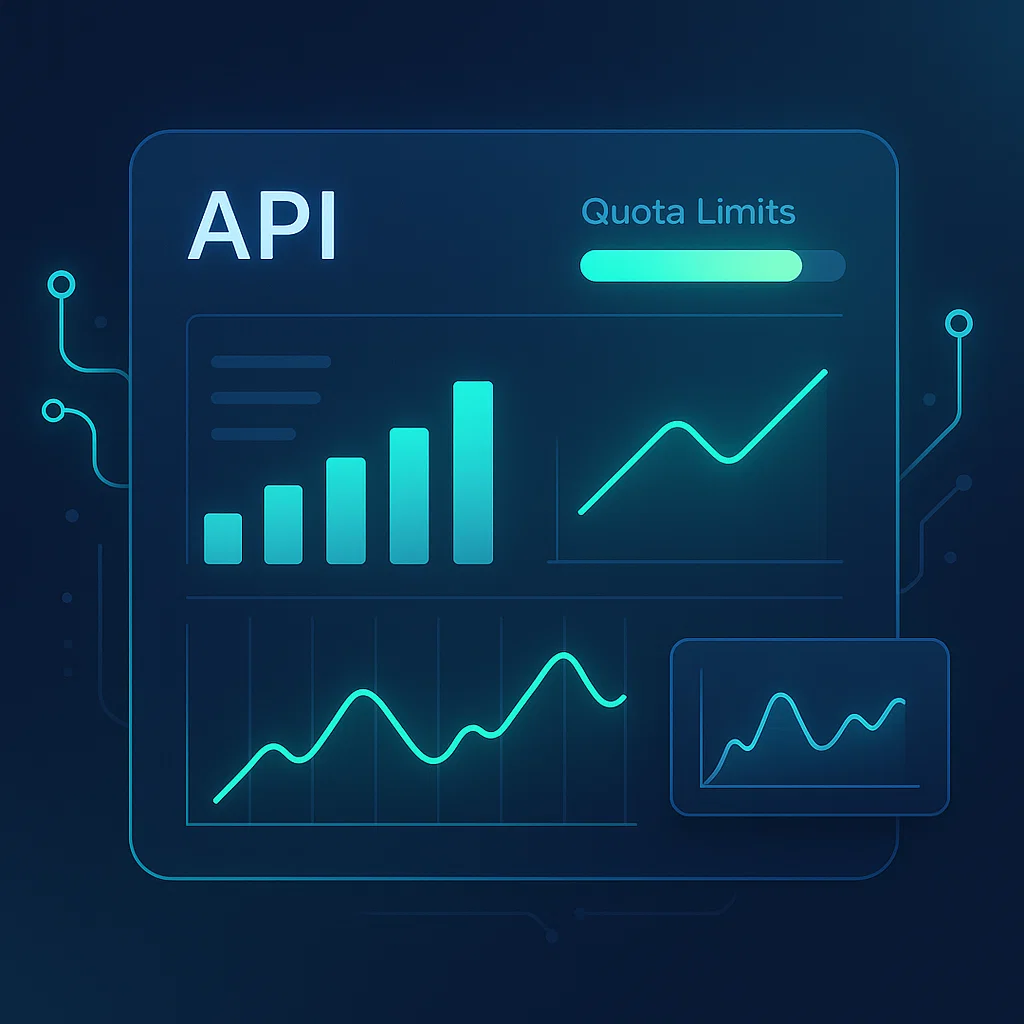When people search for soutaipasu (相対パス), they often want to know its precise meaning, usage, and cultural depth in the Japanese language. Literally, it translates to relative path in computing, describing a way to locate files based on the current working directory. While it began as a purely technical term, it has since grown to encompass metaphorical and cultural dimensions—appearing in anime, fanfiction, online conversations, and even philosophical discussions.
This article explores the origins of soutaipasu, its technical function, and its symbolic presence in Japanese media and global digital culture. It also examines why this term resonates with modern digital natives, connecting technical precision with emotional and relational nuance.
The Technical Definition: Understanding Soutaipasu in Programming
In computing, soutaipasu refers to a file path defined relative to the location of the current file or directory. For example, if a webpage needs to load an image, a relative path like images/photo.jpg can be used instead of a full path such as /home/user/site/images/photo.jpg. This allows projects to remain portable and adaptable when moved between systems.
The opposite term is zettai-pasu (絶対パス), meaning absolute path, which gives the complete location from the root directory. While absolute paths are fixed, relative paths are more flexible—especially useful in shared projects or when developing for multiple environments.
Comparing Relative and Absolute Paths
In Japanese programming education, soutaipasu is introduced early because it teaches flexibility in code design. A simple comparison highlights the difference:
| Japanese Term | English Term | Example Path | Common Use Case |
| 相対パス | Relative Path | ../images/logo.png | Internal linking, flexible projects |
| 絶対パス | Absolute Path | /home/user/project/logo.png | Fixed locations, server-specific files |
A common analogy likens soutaipasu to giving directions from your current position (“walk two blocks east, then turn left”) and zettai-pasu to giving your full home address.
From Syntax to Symbolism
Outside its original technical field, soutaipasu has evolved into a metaphor for relationships, paths, and identities that depend on context. Just as a relative path only makes sense in relation to where you are, certain connections or decisions only make sense when seen against the surrounding environment.
In anime and storytelling, it can describe a character arc that exists only in relation to another’s, or an alternate timeline dependent on specific conditions. This shift from code to cultural metaphor mirrors how other Japanese technical terms have been adapted into everyday conversation.
Usage in Creative Communities
Writers, artists, and fans use soutaipasu in creative spaces to signal alternate routes, flexible connections, or “what if” scenarios. In fanfiction, a “soutaipasu route” might describe an alternate romance or storyline outside of the official canon.
In visual arts, it can be used as a tag or description for works that reimagine characters in new contexts. Doujin culture often signals playful exploration of side stories while staying loosely connected to the source material.
Linguistic and Philosophical Dimensions
Soutaipasu’s metaphorical use aligns with certain cultural and philosophical concepts in Japan. One parallel is the Buddhist notion of dependent origination—the idea that all things arise in relation to other things. Just as a relative path is meaningless without a starting point, identities, relationships, and truths gain meaning only through their connections.
In this way, Soutaipasu has moved from being a programmer’s tool to a symbol of interdependence in thought, art, and everyday conversation.
Examples of Metaphorical Uses
| Platform/Context | Meaning in Use |
| Fanfiction | Alternate romantic or plot routes |
| Visual art tags | Characters in new or ambiguous relationships |
| Anime discussions | Timelines or fates that shift with context |
| Online captions | Emotional proximity or undefined bonds |
| Doujin culture | Creative reinterpretations of canonical stories |
Soutaipasu in Education and Youth Identity
In modern Japanese education, soutaipasu appears in both technical and humanities settings. Programming courses teach it for practical coding, while ethics or communication classes may use it as a metaphor for how decisions depend on the environment.
For younger generations, especially Gen Z and Gen Alpha, it captures a worldview where identity is fluid, situational, and networked rather than fixed. This makes soutaipasu an attractive linguistic tool for expressing complexity in personal journeys.
Ethical Navigation in the Digital Age
Soutaipasu also offers a framework for thinking about online ethics. In digital spaces, the right choice often depends on context, just as a relative path depends on where you are in a file structure. This encourages thoughtful navigation: asking “Where am I coming from?” and “How will my action be understood?” before acting.
Conclusion
Soutaipasu began as a simple computing term but has grown into a multi-layered cultural concept. For developers, it remains an essential tool for building adaptable projects. For artists, writers, and thinkers, it offers a language for expressing relationships, perspectives, and identities that change with context.
It serves as both a technical shortcut and a cultural compass, reminding us that meaning often lies not in absolutes, but in how we relate to the world around us.
FAQs
What does “soutaipasu” literally mean?
It means relative path in Japanese and refers to locating a file in relation to the current directory.
How has its meaning evolved?
It has expanded beyond computing to describe flexible, context-dependent connections in art, storytelling, and conversation.
Why do digital natives like it?
It reflects a mindset of adaptability and relational thinking, which resonates with online creators and younger generations.
How is it used in education?
It’s taught in coding classes and sometimes used metaphorically in philosophy, ethics, and communication courses.
What can it teach about communication?
It shows that clarity and meaning often depend on context, much like how relative paths depend on starting location.




